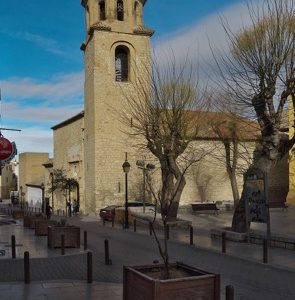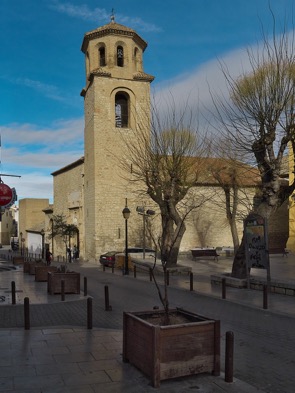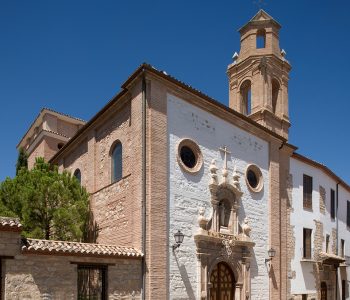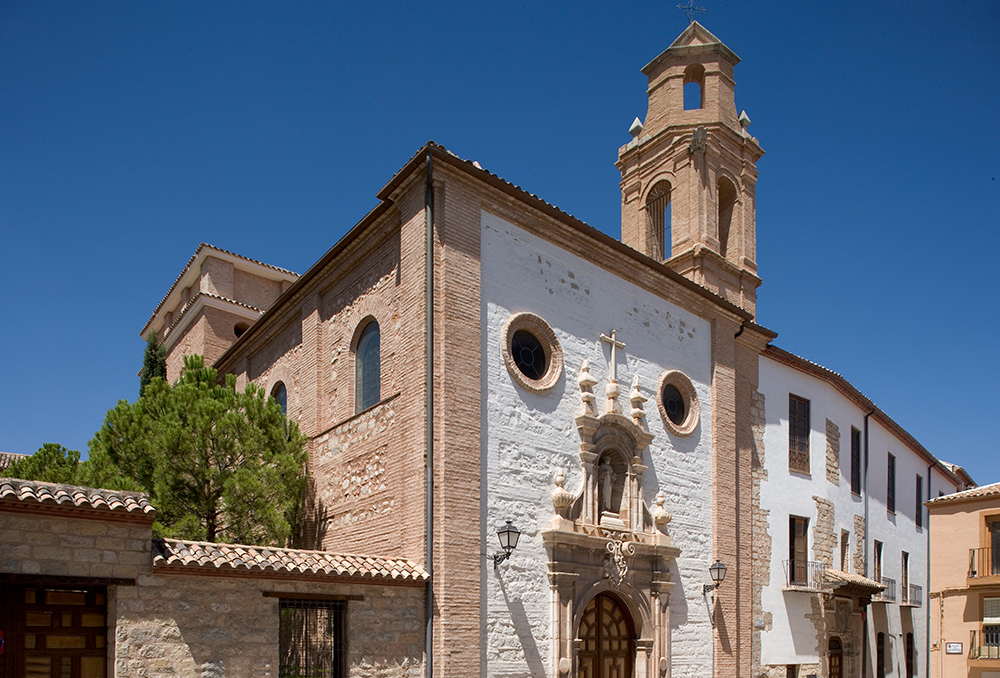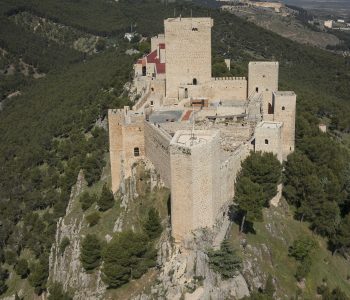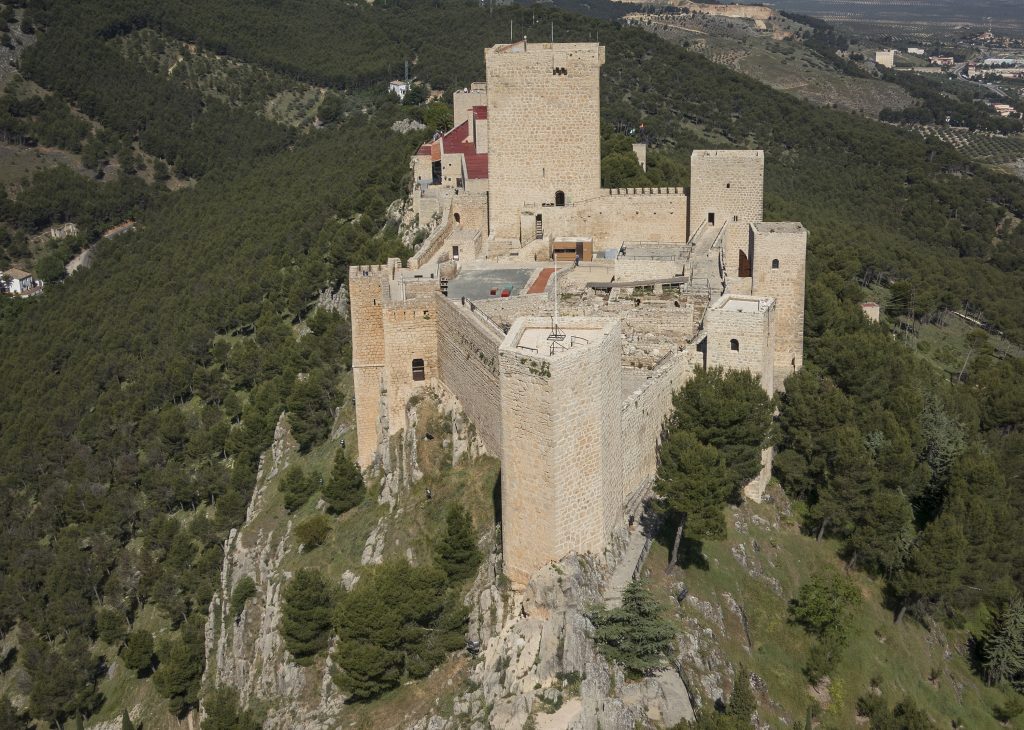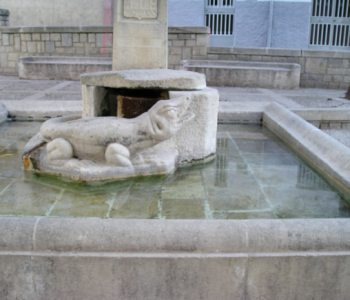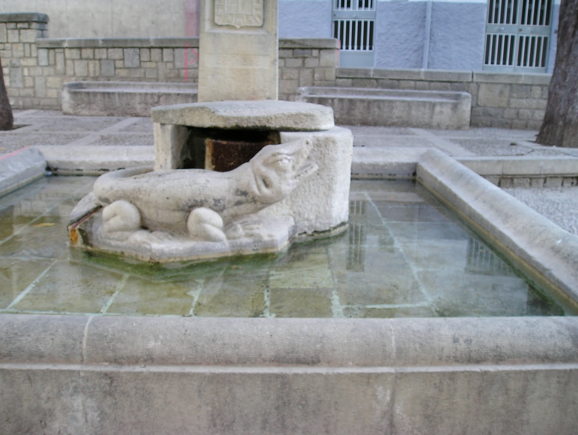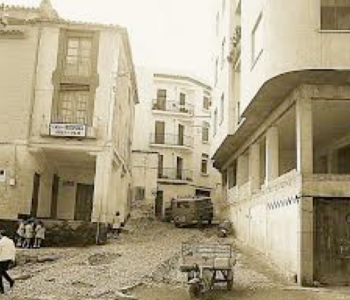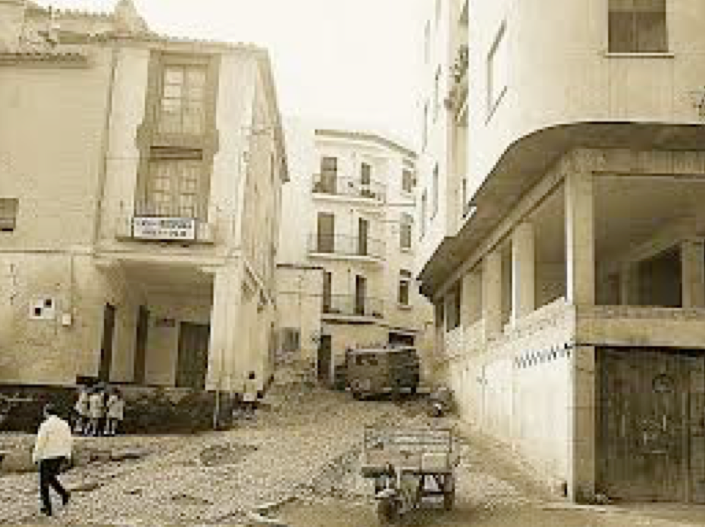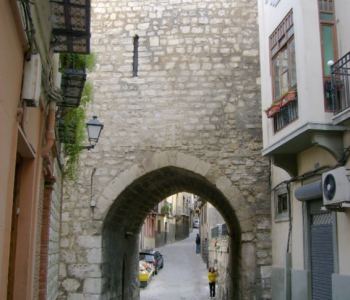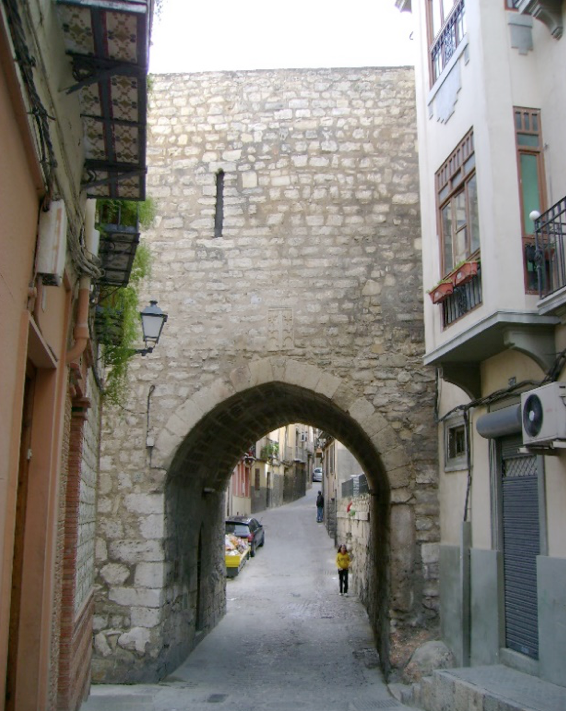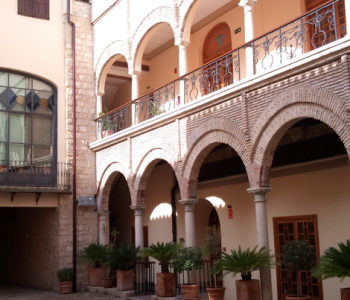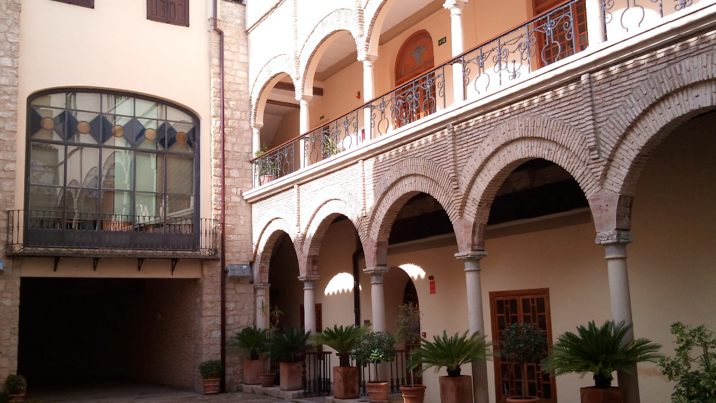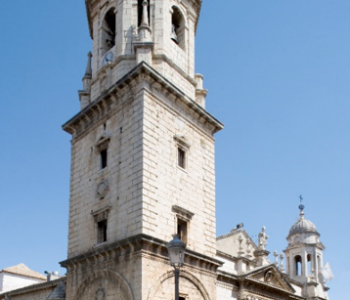 No category
No category
Basílica of San Ildefonso
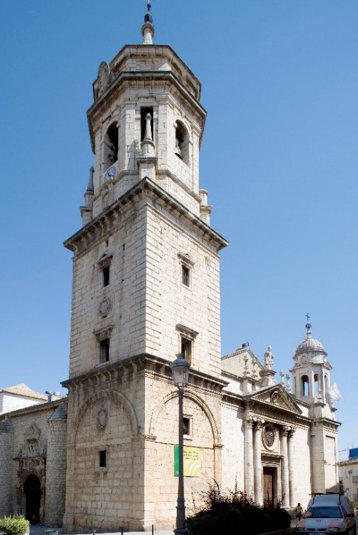
As stated in the Act of the Virgin´s Descent to Jaén (Archive of the Marian Bibliographic Academy), on June 10, 1430, shortly before midnight, the Virgin descended to the city of Jaén, accompanied by a ghostly procession dressed in white. After a tour of the dark medieval streets, she stopped at the humble parish of San Ildefonso and the miraculous vision vanished. The church became the sanctuary of the Holy Virgin of the Chapel, Patroness of Jaén. That is, the place is chosen by the Virgin herself, which attracts many devotions.
The church, declared a Minor Basilica in 2010 by Pope Benedict XVI, has its origin in the 13th century and its temple is made up of three façades: the oldest, in the Gothic style, is the one at the back of the church; the lateral portal, in the Renaissance style and the main portal (last to be built), in the neoclassical style.
This story does not escape Juan Eslava Galán´s attention, who implements it in his work The Templars and Solomon´s Table and whose chapter is cleverly titled: The Virgin who walked through Jaén.
(…) the astonished seven witnesses to the miracle saw a ghostly procession descending on Maestra del Arrabal Street of San Ildefonso, in the neighborhood outside the medieval city. (…)
The Templars and the Table of Solomon. Chapter 9.
